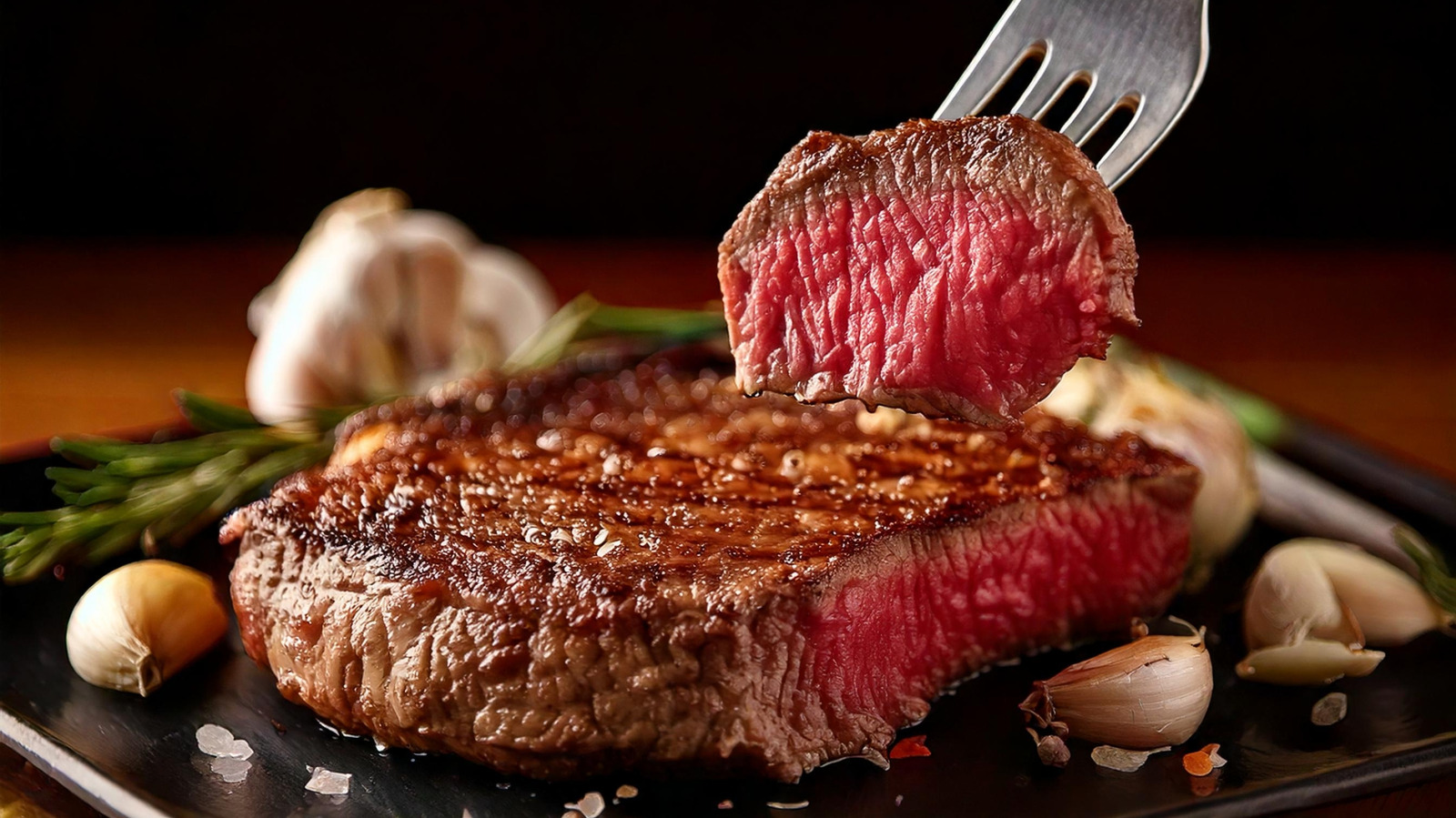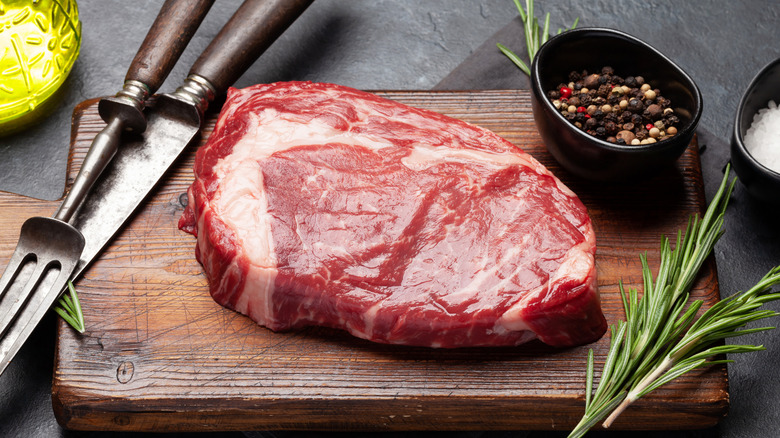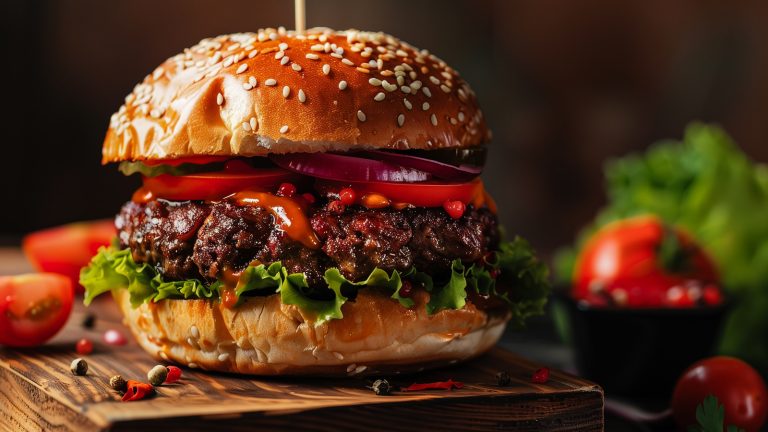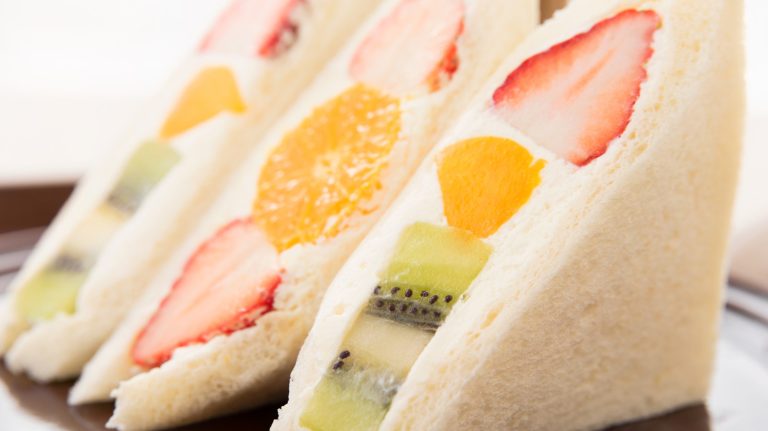There’s nothing quite like a bite of steak with just the right texture, oozing all that tasty juice. It’s truly a mouthwatering experience that can feel difficult to achieve in your kitchen at home. However, flavorful, tender steak is easy to make at home if you get to know the art of tenderizing. When thinking of tenderizing meat, what likely first comes to mind is using your steak as a stress outlet and banging it flat with a hammer. While that is technically tenderizing, flattening the steak isn’t always the best option. There are a variety of tenderizing methods, which typically depend on the recipe and cut of meat used.
Other than using a meat mallet, one of the most common and effective methods of tenderizing is scoring your meat. This technique involves making small cuts to the steak’s surface, cutting apart the tough muscle fibers, resulting in a juicier bite. You’ll want to score both sides of the steak for even cooking, leaving the cuts one inch apart. Scoring will also help your marinades and seasonings absorb more evenly, which adds even more tenderness, and doing this all before grilling yields the best results. Don’t want to use a knife? You can even tenderize your steak with nothing but a fork if you have to, and you’ll still be breaking down those denser parts of the meat. To truly tenderize, get to know the methods and what cuts of meat they work best with.
Best cuts of steak to tenderize
When it comes to tenderizing steak, you’ll need to account for what works in your recipe and which steaks have the right texture to benefit from the tenderizing technique you’re using. You’ll want to use leaner cuts of meat that have a lot of tissue in them, which includes flank steak, skirt steak, bottom round, and brisket. These cuts have a lower fat content than naturally juicy cuts like filet mignon, which makes them the best cuts of meat for pot roast or to score and grill. Note that these thinner cuts of steak often come from the leg or shoulder of the cow, so you can use that as a guide as well.
How you serve your steak is just as important as how you score it to begin with. The way you cut these thinner pieces of steak can help make it more tender. For example, the correct way to cut a skirt steak is against the grain of the connective tissue to slice up the chewier texture. Similar thinking can be applied to other tough steaks, as you use the final serving step to cut through any leftover patches of muscle that are tough to chew, making steaks easier to handle and juicier when you eat them. Understanding the types of meat you’re using and how to handle them properly before and after cooking is the key to the most tender bites of steak.






